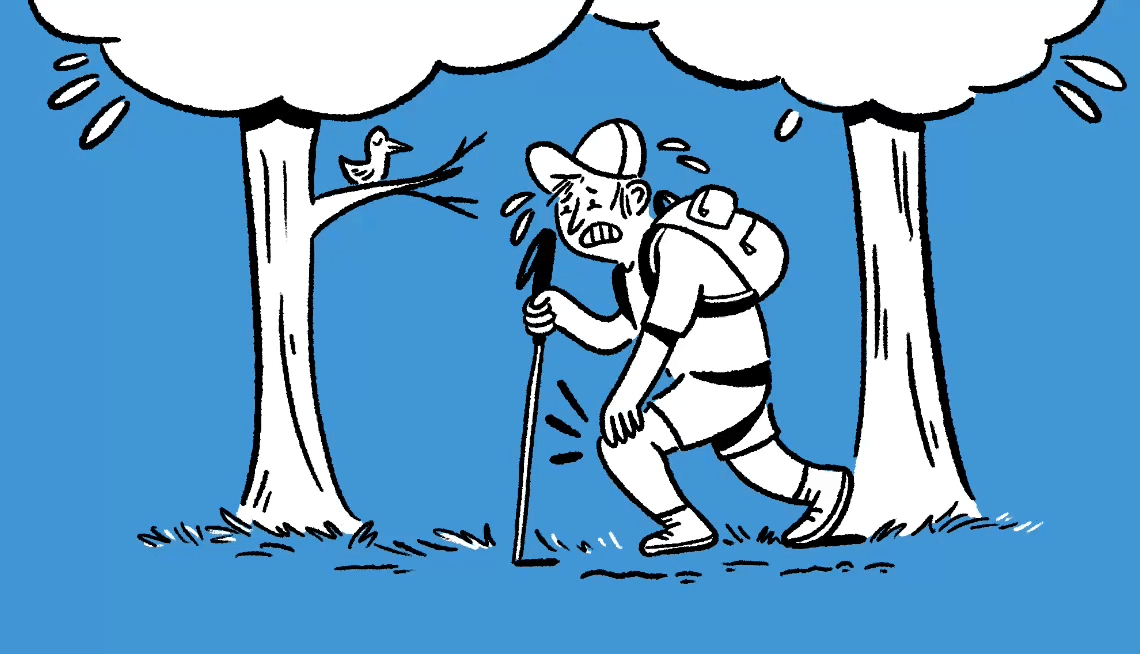What Causes Joint Pain and What Are the Treatments?
- Select a language for the TTS:
- UK English Female
- UK English Male
- US English Female
- US English Male
- Australian Female
- Australian Male
- Language selected: (auto detect) - EN

Play all audios:

James Yates Facebook Twitter LinkedIn I have terrible joint pain. Is there anything I can do to relieve it?
As you probably know all too well, joints are the places in our skeletal system where two or more bones meet. Most joints are mobile and allow our otherwise rigid bones to move. Ideally,
these joints work with ease. But for various reasons, as we get older, joints lose elasticity and become less flexible, increasing our risk of falling and contributing to tremendous
discomfort.
If you’re feeling aches and pains, you’re certainly not alone. A National Poll on Aging out of the University of Michigan reports that 70 percent of older adults experience symptoms of
arthritis or joint pain. Women are more likely than men to have this problem because of fluctuations in their estrogen, but research shows men can experience joint pain and inflammation from
decreased testosterone levels as well.
In any case, our joints are not a one-size-fits-all business. They come in different shapes, sizes and types. We’re most likely to experience discomfort in our knee, hip, elbow, hand and
spine joints. These moveable connections contain something called synovial fluid, which acts as a lubricant to reduce friction between bones and helps cushion impacts. As we age, our
synovial fluid naturally decreases, and we lose elasticity in our muscles, tendons and ligaments.
Ask Dr. AdamAdam B. Rosenbluth, M.D., is an internist and cardiologist in New York City. Each Monday, he’ll weigh in on your questions about how to make your body work better for you. His AARP book will
be published in 2027. Join in on the conversation on social media @dradamrosenbluth to learn to move the needle on your personal health in an achievable way.
Email your questions for Dr. Adam to [email protected]
On the bright side, there’s plenty you can do to improve and maintain your joint health. Over the years, I’ve heard many of my patients say things like, “Dr. Adam, my back (knee or hip)
was/is achy. Then I started to do strengthening and stretching exercises in physical therapy — and now my pain is gone.”
That’s why I suggest you speak with your doctor or a physical therapist about a targeted exercise program that’s safe and effective for you. It might include standing hamstring or shoulder
stretches, or seated ankle circles and hip flexor stretches. You can also check out the AARP site for guidance.